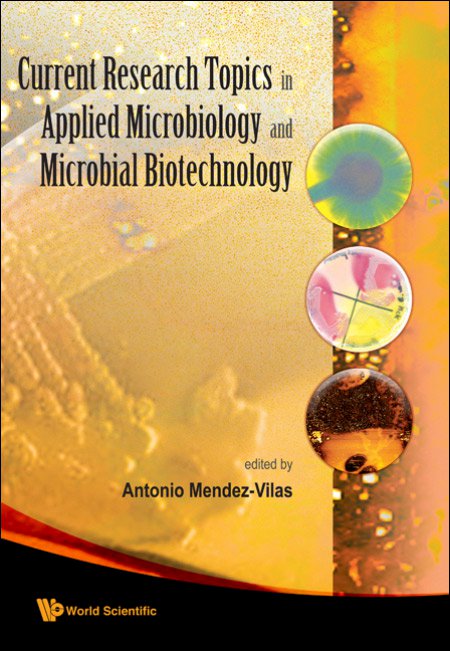Influence of light: dark cycle in the cellular composition of Nannochloropsis gaditana
Nannochloropsis gaditana is recognized as a source of valuable pigments and polyunsaturated fatty acids (PUFAs), in particular eicosapentaenoic acid (EPA, 20:5ω3). The duration of the light period is an important environmental factor that affects the production yield in photosynthetic microorganisms. This factor was found to determine the growth and biochemical composition of this microalga strain. Cell division occurs during the first hours of the light period. Whereas carbohydrates are accumulated in the light period and consumed at night, the cellular concentration of chlorophylls and proteins does not vary significantly. The storage lipids are consumed in the lag phase (after dilution of the culture) and they increase until the final growth period. The structural lipids reach a maximum at the end of the daily exponential phase, when the cells also reach a maximum density, in a semi-continuous culture with a daily replacement of fresh medium.



